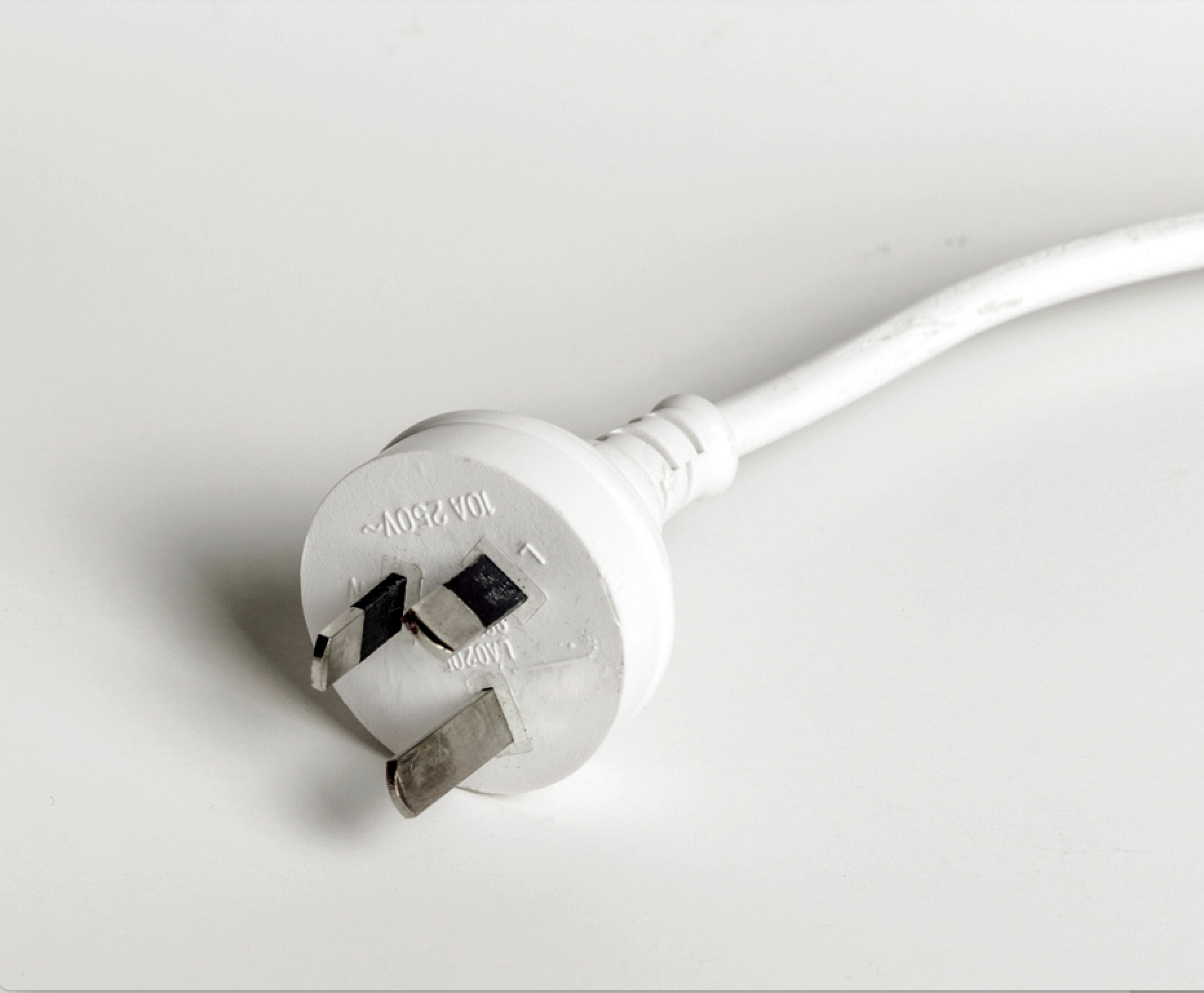A new report from the Australian Academy of Technological Sciences and Engineering (ATSE) has found the nascent state of small modular nuclear reactors (SMR) globally means that a mature market for the technology may emerge in the late 2040s.
The technology is yet to be proven technically and financially, given there is currently a dearth of reliable, publicly verifiable information about operational full-scale prototype SMRs around the world.
carbon technologies to fill the energy supply gap, the time it will take to establish a mature SMR market, including appropriate legislative and regulatory settings, means that it won’t be possible to fill this gap with SMR technology this decade.
The least risky option for Australia would be to procure SMRs once several models have been established and are proven and operational in other OECD countries.
Alternatively, Australia could choose to enter the SMR market at an earlier pre-mature-market stage of development, which would carry a significant financial cost and technical risk.
The report notes that for a nuclear energy industry in Australia to be considered, federal and state moratoria on nuclear power would need to be lifted, a national nuclear regulator established, and an appropriately skilled workforce to be grown. In addition, SMRs will not succeed without broad social acceptance of the technology over their entire life cycle.
ATSE President Dr Katherine Woodthorpe AO FTSE said that from a technology and engineering perspective, SMRs could form part of the future energy mix for Australia, however this is unlikely until a market is fully formed, which would be likely in the mid to late 2040s.
“SMR technology could provide low carbon energy compatible with Australia’s current electricity system, however as an emerging technology, there is considerable uncertainty around commercial viability and some of these potential benefits,” Dr Woodthorpe said.
“Overall, the associated timescales, expense, skills gap, legal and regulatory barriers, and social acceptance of nuclear power means the technology is high-risk when compared to existing energy options.
“Sourcing either a prototype SMR is a higher-risk proposition for both technical and commercial reasons.
“Non-partisan analysis is required to objectively examine technology readiness and the role of nuclear technology in the long-term. However, this should not detract focus from the rapid deployment of renewable technologies that are ready and available here and now.
ATSE supports a technology-neutral approach to the energy transition which requires that all options are considered on their merits.
Dr Katherine Woodthorpe AO FTSE – ATSE President









